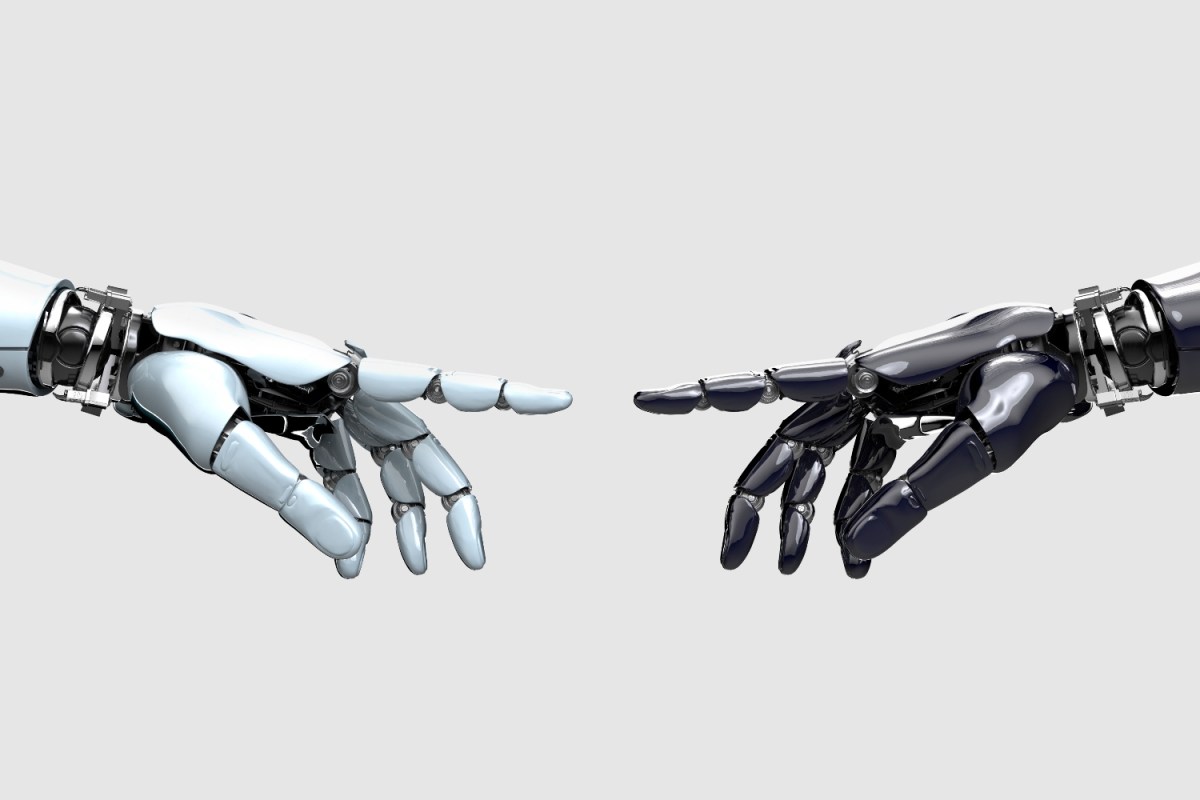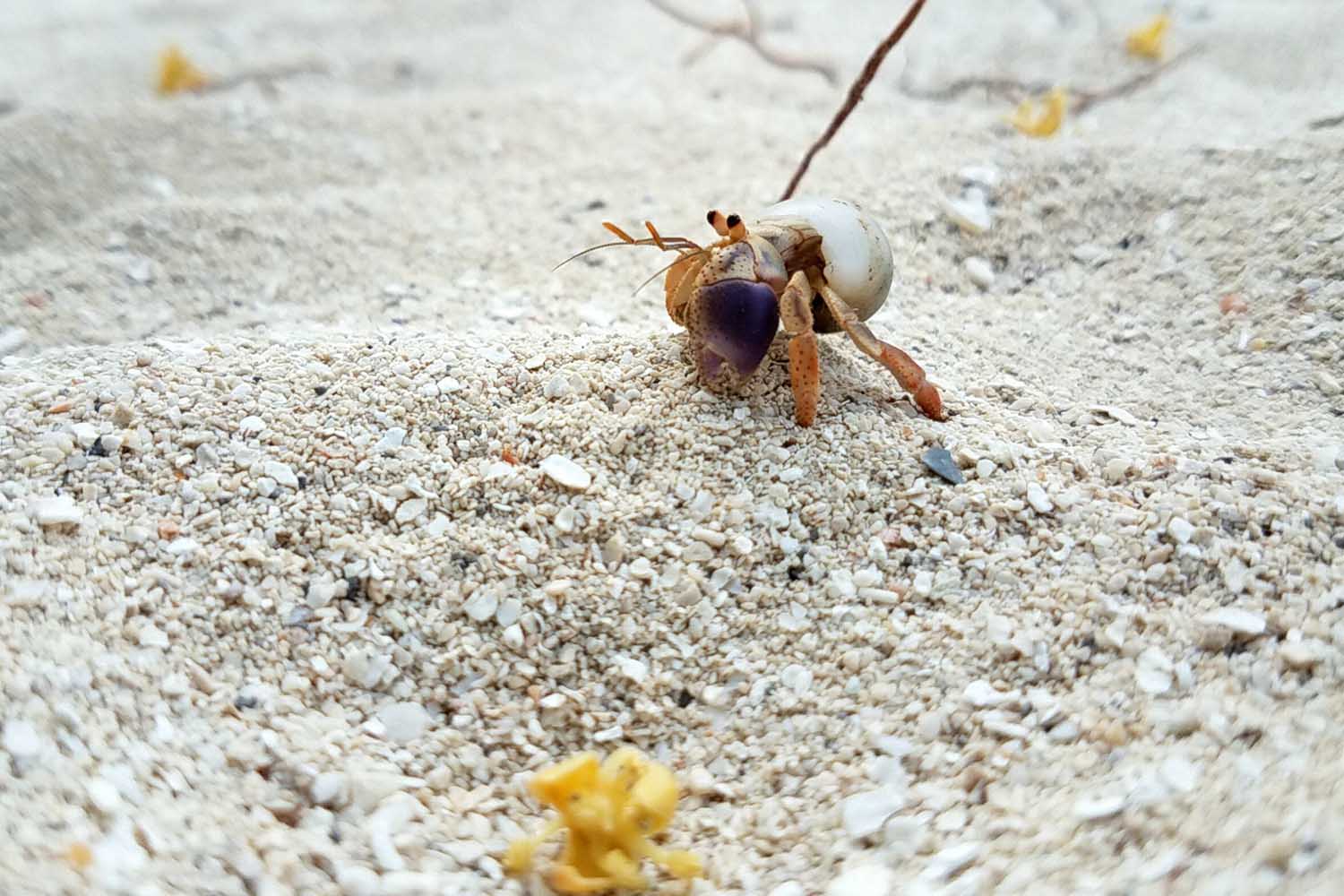In case you haven’t heard, robots are taking over the world — and now, apparently, they’re reproducing. According to the scientists behind the world’s first living robots — yes, “living” robots; we’ll get back to that in a minute — their xenobots can now reproduce. Moreover, these reproductively gifted bots have figured out how to go forth and multiply in a way never before observed in plants or animals.
Living robots reproducing in some new, mysterious way sounds kinky (in a kind of weird, sciencey way), right? Wrong. Unfortunately, no robot sex is involved in this ground-breaking new reproductive process. Rather, the xenobots — “tiny blobs” formed from the stem cells of the African clawed frog (Xenopus laevis), according to CNN — multiply via a process known as “kinetic reproduction.” According to Josh Bongard, a computer science professor and robotics expert at the University of Vermont and lead author of the new study that revealed the xenobots’ reproductive capabilities, kinetic reproduction is known to occur at the molecular level, but had never before been observed at the scale of whole cells or organisms.
In the case of the xenobots, the kinetic reproduction process involves the robots collecting loose stem cells together into piles which can then mature into offspring. The scientists were able to help this process along by using AI to transform the originally spherical xenobots into a more reproduction-friendly shape, which turned out to look a lot like Pac-Man. This all seems pretty boring and not at all sexy to me, but is pretty exciting for scientists, apparently.
“I was astounded by it,” said Michael Levin, a professor of biology and director of the Allen Discovery Center at Tufts University who was co-lead author of the new research. “Frogs have a way of reproducing that they normally use but when you … liberate (the cells) from the rest of the embryo and you give them a chance to figure out how to be in a new environment, not only do they figure out a new way to move, but they also figure out apparently a new way to reproduce.”
This xenobot reproduction represents an entirely new form of biological reproduction never before observed in plants or animals, which begs the question of what makes xenobots — entities capable of biological reproduction — “robots.” According to Bongard, a robot can be whatever science decides is a robot, including a living organism.
“Most people think of robots as made of metals and ceramics but it’s not so much what a robot is made from but what it does, which is act on its own on behalf of people,” Bongard explained. “In that way it’s a robot but it’s also clearly an organism made from genetically unmodified frog cell.”
As a person who writes about sex for the internet, I’m really not in a position to argue with a scientist. So sure, these boring little living robot-organisms can be robots if he says they are. Of course, the question then becomes: if these robots are robots because they are “acting on behalf of people,” what are they supposed to be doing for us? As of right now, it seems like the answer is pretty much nothing. According to CNN, the xenobots are “very early technology” and “don’t yet have any practical applications.” Science is amazing.
Thanks for reading InsideHook. Sign up for our daily newsletter and be in the know.

















